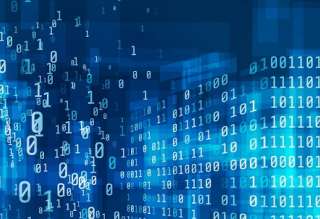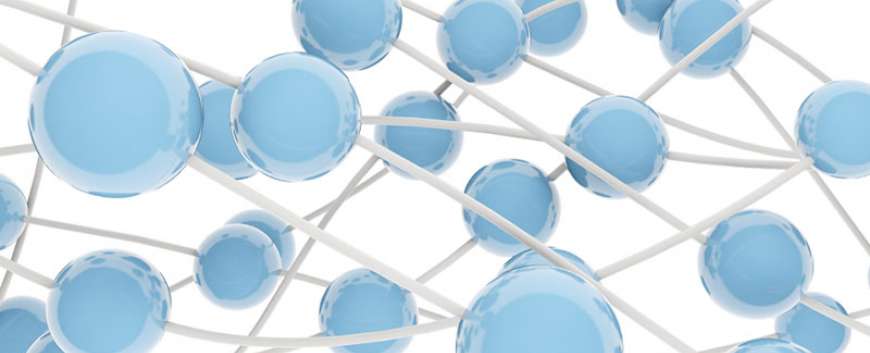Real-Time Ultrasound Thermography and Thermometry
Top Reasons to Join SPS Today!
1. IEEE Signal Processing Magazine
2. Signal Processing Digital Library*
3. Inside Signal Processing Newsletter
4. SPS Resource Center
5. Career advancement & recognition
6. Discounts on conferences and publications
7. Professional networking
8. Communities for students, young professionals, and women
9. Volunteer opportunities
10. Coming soon! PDH/CEU credits
Click here to learn more.
Real-Time Ultrasound Thermography and Thermometry
This article describes the basic principles of ultrasound thermography (UST) and its real-time implementation using graphics processing unit (GPU)-enabled software architecture. In medicine, the term thermography is mostly associated with heat-sensing infrared cameras for recording surface temperature changes. In this article, we use this term to describe the qualitative noninvasive imaging of tissue temperature change using any imaging modality. Examples of these modalities include microwave radiometry, magnetic resonance imaging (MRI), US imaging, and photoacoustic tomography. Of these imaging methods, US and MR are the most widely investigated. Table S1 in “Real-Time Thermography in Medicine” lists some US- and MRbased methods for tissue thermography reported in recent literature.
The methods listed in Table S1 have been validated experimentally in various media, including in vivo [1], [3], [5]. As indicated in the table, all of these methods exhibit some level of tissue dependence. To measure quantitative thermometry data, the changes in the measured temperature-sensitive parameter need to be adjusted for tissue type such as muscle, fat, liver, etc. This can be challenging in some tissues such as cirrhotic liver or breast.
Image guidance offers the promise of revolutionizing surgery in the 21st century. For example, focused US (FUS) has been shown to produce localized thermal therapy in deep tissue targets without the need for resection. However, while the principle of this surgery was well demonstrated in the early 1950s, it never gained clinical acceptance until after the successful demonstration of MR-guided FUS (MRgFUS) surgery. In particular, the implementation of MR thermometry [1] was the key enabling image guidance technology for MRgFUS to gain clinical approval from the U.S. Food and Drug Administration (FDA). Given US’s high accessibility, cost-effectiveness, and clinical utility in initial diagnosis, the robust implementation of UST on real-time scanners could significantly impact the use of image-guided FUS worldwide, with or without MRI.
Noninvasive thermometry remains a sought-after goal in medical imaging with numerous applications. In the context of image guidance, quantitative thermometry will provide the tools for delivering and evaluating the treatment as a prescription in addition to the monitoring and guidance provided by real-time UST (rtUST). More significantly, noninvasive thermometry will open the door for applications such as imaging inflammation and metabolic rate. These applications require high sensitivity and specificity due to the need to detect very small changes in temperature at the inflammation site, possibly in the presence of large tissue motion and deformation.
SPS Social Media
- IEEE SPS Facebook Page https://www.facebook.com/ieeeSPS
- IEEE SPS X Page https://x.com/IEEEsps
- IEEE SPS Instagram Page https://www.instagram.com/ieeesps/?hl=en
- IEEE SPS LinkedIn Page https://www.linkedin.com/company/ieeesps/
- IEEE SPS YouTube Channel https://www.youtube.com/ieeeSPS














